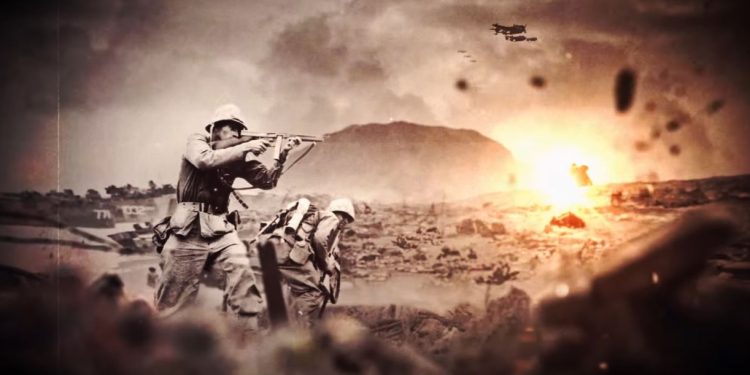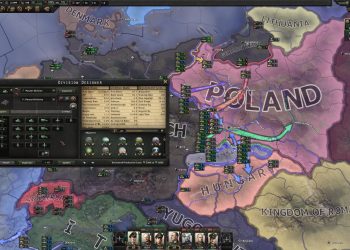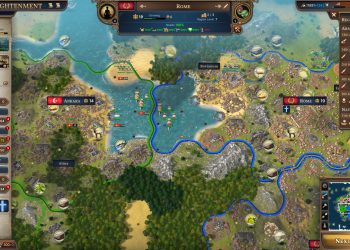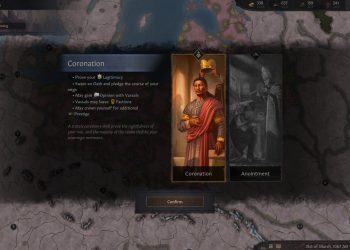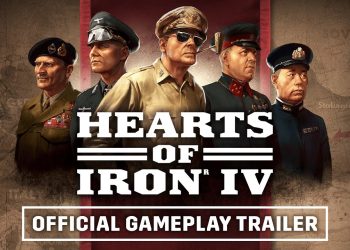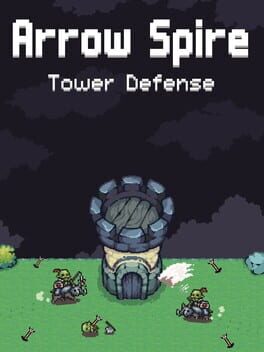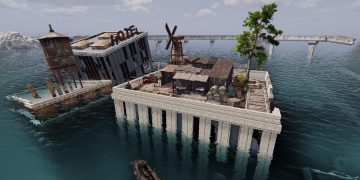Paradox Interactive is giving us another glimpse behind the curtain with the Hearts of Iron Dev Corner Part 2, focusing on how different factions achieve their distinct themes, goals, and gameplay dynamics. If you’ve ever wondered what sets the Axis apart from the Allies beyond just colors and flags, this update will give you a clearer idea of the design philosophy driving those differences.
First, the developers want players to understand that this is an early look; the faction system is still evolving and could end up quite different by the time it reaches the game. They’re asking for feedback to help shape the final product, which means what you see now is more of a sketch than a finished painting.
Axis: Expansion and Conquest
The Axis faction is built around conquest and territorial growth, which fits with Germany and Italy’s historical ambitions. The faction’s theme is reflected in its “Manifest,” a sort of mission statement, and a set of rules that push players to expand their control beyond their home countries.
Key faction goals include securing resource supplies to sustain prolonged conflict, dominating Europe by either convincing or conquering other nations, holding strategic points in North Africa, building a powerful armored force, and controlling the North Atlantic to protect trade routes and isolate enemies.
Interestingly, the Axis faction won’t start with substantial cooperative bonuses, reflecting the historical lack of cohesion between Germany and Italy. The devs even included a screenshot of the faction window, warning it’s just a placeholder, so don’t judge the UI too harshly yet.
Japan and the Greater East Asia Co-Prosperity Sphere
Japan’s faction is quite different, focusing heavily on resource security and puppet states to control Asia. The Manifest revolves around securing vital materials, and goals include coastal security through naval dominance, securing oil supplies, and aligning with or conquering China.
This faction is heavily Japan-centric, particularly in the historical mode, emphasizing naval power and regional control over outright territorial conquest, unlike the Axis.
The Allies: Cooperation and Defense
The Allies are designed with a very different approach. Their goals include dominating key sea zones to protect trade, acting as “Guardians of peace” to try and maintain global stability, winning the atomic race, and preserving colonial empires even during wartime.
Unlike the Axis, the Allies will start with enhanced cooperation bonuses and have opportunities to improve these as the game progresses. This fits with the more collaborative nature of the Allied powers historically.
Communist Factions: Stalin vs Trotsky
The devs are exploring different themes for Communist factions, contrasting a Stalin-led Comintern focused on border security and strategic defense with a Trotskyist faction that would aggressively spread revolution abroad. It’s an interesting approach that might offer players very different playstyles depending on who leads the Soviet bloc.
Chinese United Front: Resistance and Unity
The Chinese United Front’s theme centers on resisting occupation and maintaining unity—their Manifest stresses territorial integrity and uniting China. Goals involve controlling the coastline, organizing resistance against invaders, and building industrial strength to withstand aggression, especially from Japan.
All these examples show the devs want factions to feel distinct, not just in name but in what you’re trying to achieve and how you’re encouraged to act.
Final Thoughts and Feedback
The team is eager to hear what players think about these faction distinctions and what other factions or goals they’d like to see included. The feedback so far has already influenced ideas around naval dominance and resource management, so your voice might matter here.

